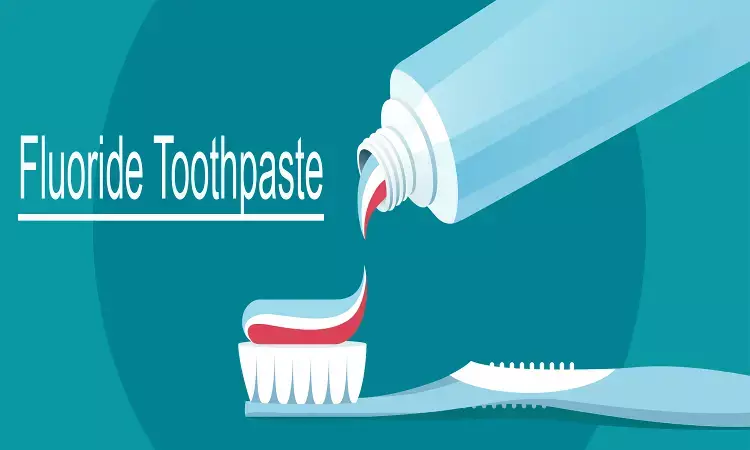- Home
- Medical news & Guidelines
- Anesthesiology
- Cardiology and CTVS
- Critical Care
- Dentistry
- Dermatology
- Diabetes and Endocrinology
- ENT
- Gastroenterology
- Medicine
- Nephrology
- Neurology
- Obstretics-Gynaecology
- Oncology
- Ophthalmology
- Orthopaedics
- Pediatrics-Neonatology
- Psychiatry
- Pulmonology
- Radiology
- Surgery
- Urology
- Laboratory Medicine
- Diet
- Nursing
- Paramedical
- Physiotherapy
- Health news
- Fact Check
- Bone Health Fact Check
- Brain Health Fact Check
- Cancer Related Fact Check
- Child Care Fact Check
- Dental and oral health fact check
- Diabetes and metabolic health fact check
- Diet and Nutrition Fact Check
- Eye and ENT Care Fact Check
- Fitness fact check
- Gut health fact check
- Heart health fact check
- Kidney health fact check
- Medical education fact check
- Men's health fact check
- Respiratory fact check
- Skin and hair care fact check
- Vaccine and Immunization fact check
- Women's health fact check
- AYUSH
- State News
- Andaman and Nicobar Islands
- Andhra Pradesh
- Arunachal Pradesh
- Assam
- Bihar
- Chandigarh
- Chattisgarh
- Dadra and Nagar Haveli
- Daman and Diu
- Delhi
- Goa
- Gujarat
- Haryana
- Himachal Pradesh
- Jammu & Kashmir
- Jharkhand
- Karnataka
- Kerala
- Ladakh
- Lakshadweep
- Madhya Pradesh
- Maharashtra
- Manipur
- Meghalaya
- Mizoram
- Nagaland
- Odisha
- Puducherry
- Punjab
- Rajasthan
- Sikkim
- Tamil Nadu
- Telangana
- Tripura
- Uttar Pradesh
- Uttrakhand
- West Bengal
- Medical Education
- Industry
Toothpaste formulations with same fluoride source lead to differing intraoral fluoride concentrations over time

Researchers have recently observed that toothpaste formulations with identical declared fluoride concentrations and the same fluoride source give rise to differing intraoral fluoride concentrations over time, which are potentially related to different formulation excipient effects.
The study is published in the Journal of Dentistry.
Charles R.Parkinson and associates from the GSK Consumer Healthcare, Weybridge, Surrey, United Kingdom conducted this randomised, controlled, analyst blind, crossover study aimed to evaluate and compare salivary fluoride and calcium ion concentration over 60 min following brushing with an assigned treatment and following an orange juice (OJ) or deionised (DI) water rinse 60 min post-brushing.
Study treatments, both containing 1150 ppm fluoride as NaF and 5% w/w KNO3, were the Test (including 1.2 % w/w cocamidopropyl betaine) and Comparator (including tetrasodium pyrophosphate and sodium lauryl sulphate) toothpastes. Twenty nine participants were randomised to treatment.
The following findings were drawn-
a. A sharp increase in salivary fluoride ion concentration immediately post-brushing with either toothpaste decreased over time.
b. Fluoride concentration following Test toothpaste use was numerically higher than the Comparator at all timepoints, with a significant difference from 10 min post-brushing (p < .05).
c. Following the 60 min rinse, there were no significant differences between the Test or Comparator + OJ groups in salivary fluoride concentration but the Test + DI water group was significantly lower than Test (p < .001) or Comparator (p < .001) + OJ groups.
d. A reduction in salivary calcium ion concentration was seen immediately post-brushing and after the OJ rinse with both toothpastes.
e. Significant differences were observed in favour of the Test toothpaste at all timepoints (p < .05) and for Test and Comparator + OJ group (p < .001) compared with Test + DI water rinse.
f. Both treatments were generally well-tolerated.
Therefore, the authors concluded that "toothpaste formulations with identical declared fluoride concentrations and the same fluoride source give rise to differing intraoral fluoride concentrations over time, which are potentially related to different formulation excipient effects."
Dr. Nandita Mohan is a practicing pediatric dentist with more than 5 years of clinical work experience. Along with this, she is equally interested in keeping herself up to date about the latest developments in the field of medicine and dentistry which is the driving force for her to be in association with Medical Dialogues. She also has her name attached with many publications; both national and international. She has pursued her BDS from Rajiv Gandhi University of Health Sciences, Bangalore and later went to enter her dream specialty (MDS) in the Department of Pedodontics and Preventive Dentistry from Pt. B.D. Sharma University of Health Sciences. Through all the years of experience, her core interest in learning something new has never stopped. She can be contacted at editorial@medicaldialogues.in. Contact no. 011-43720751
Dr Kamal Kant Kohli-MBBS, DTCD- a chest specialist with more than 30 years of practice and a flair for writing clinical articles, Dr Kamal Kant Kohli joined Medical Dialogues as a Chief Editor of Medical News. Besides writing articles, as an editor, he proofreads and verifies all the medical content published on Medical Dialogues including those coming from journals, studies,medical conferences,guidelines etc. Email: drkohli@medicaldialogues.in. Contact no. 011-43720751


